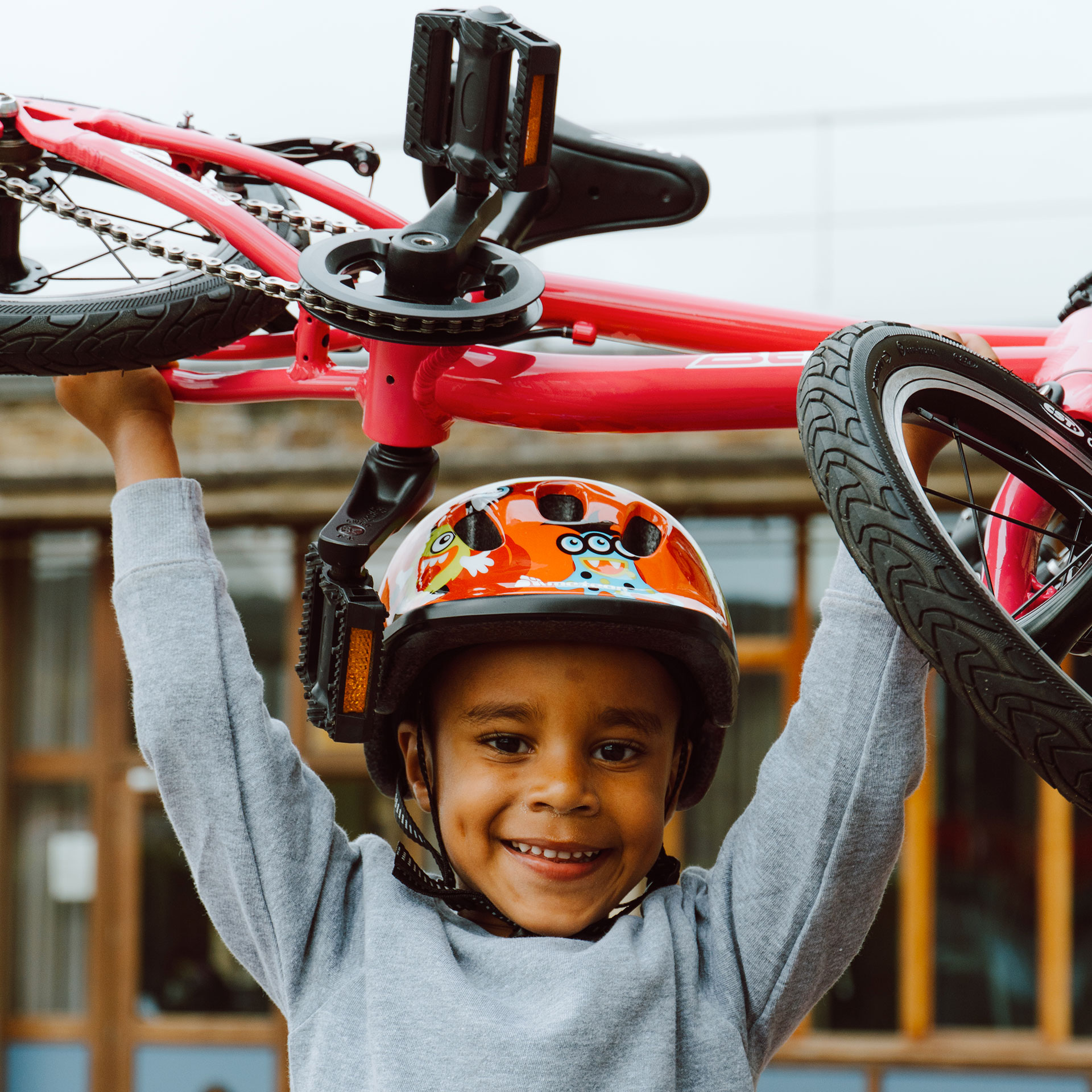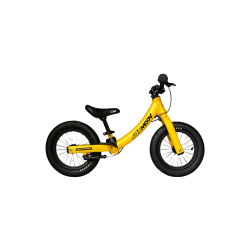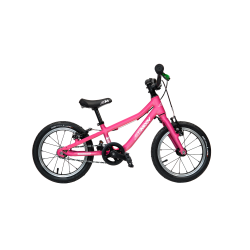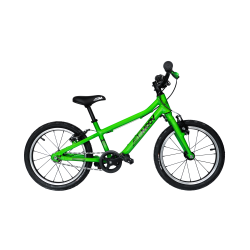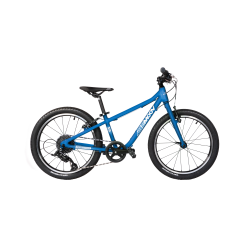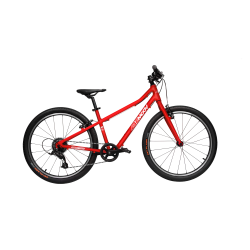What is the dissociation of movements?
Teaching children how to balance is essential before letting them ride safely. What if learning this skill became much easier?
Successfully learning to balance while controlling the speed and direction of a bike is a big challenge before learning to ride two wheels. Many things come into play at the same time:
- Balance and the notion of speed so as not to fall
- Attention to possible obstacles
- The force to hold the handlebars, brake, and later how hard to push the pedals
- Etc.
So how can you succeed in helping children in this learning process and to develop on their own?

Develop each skill separately by learning in stages
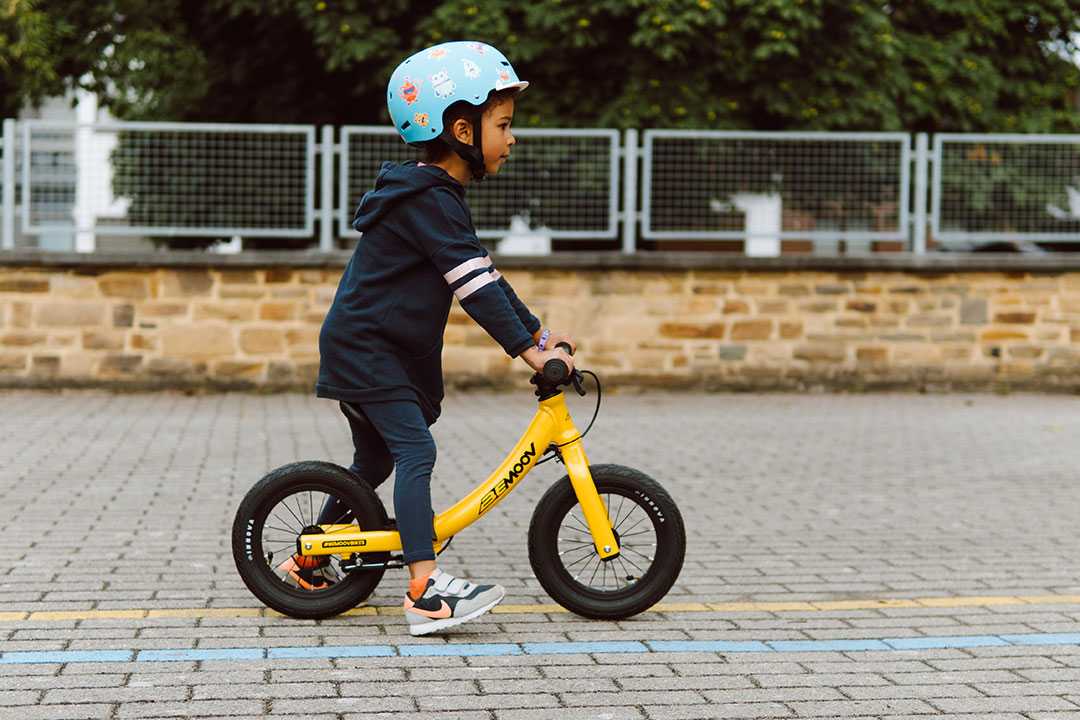
Psychomotor therapists who have studied learning to cycle explain that it must be done in several stages, to develop good coordination before learning to dissociate movements.
For example, a child will have to overcome the counterintuitive aspect of having to accelerate in order not to fall (inhibition). For everything to go well, the acquisition of this confidence will be incorporated into the learning of balance. Once acquired, focus can switch to pedaling movement (coordination and dissociation).
In the same way, when your child makes his/her first turns on a balance bike, he/she will have to understand that we do not turn solely by turning the handlebars, but also and more importantly by leaning in the direction we want to turn.
Segmenting learning to cycle in stages (balance, pedaling, agility, braking and speeds) will allow your child to appropriate each of the principles necessary for his/her autonomy, by evolving at his/her own pace.
The role of movement dissociation in gross motor skills in your child
To teach your child about dissociation, you need to understand how it contributes to gross motor skills:
- Coordination: to organize the movements of different parts of the body involved in performing a physical activity.
- Dissociation: to learn how to put one or more parts of the body into action while the others remain still or perform another movement.
- Balance: to maintain a position or movement without falling.
- Control: to be able to control your reflexes, to hold back or, on the contrary, to initiate a counter-intuitive movement
Thus, it will be about developing your child's coordination by working each skill separately.
For example, by mobilizing the coordination of the lower limbs to understand that "when I push forward with my feet, then I move forward". It is then practice and experience that will allow the child to progress naturally by coordinating the skills acquired.
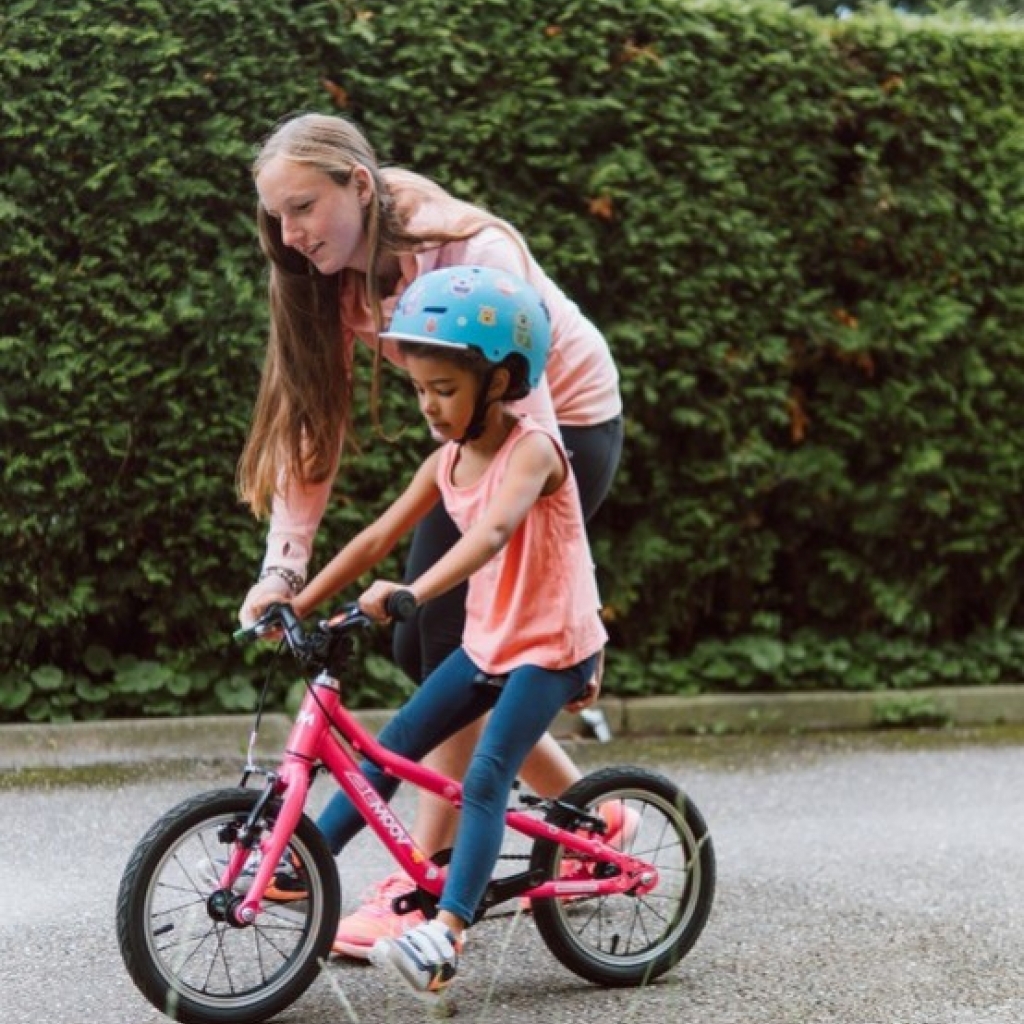
How to learn the dissociation of movements when learning to cycle?
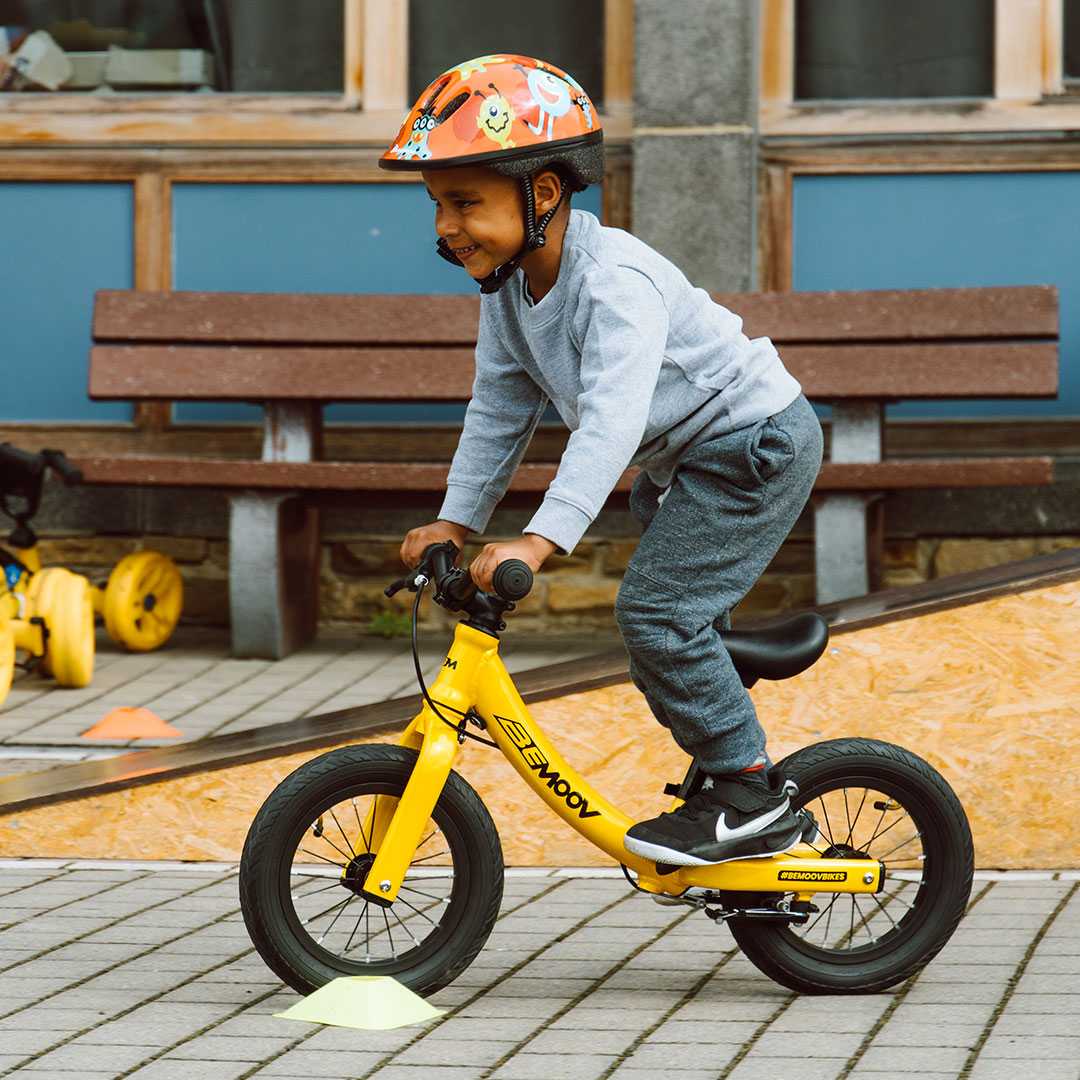
Taking it step-by-step will help prevent overloading your children with information the first time they spin the wheel. They will thus be able to master each skill useful for their learning and have sufficient confidence in their abilities to combine them.
In order for this idea of dissociation of movements to develop naturally, we recommend starting as follows:
- With the help of an adult, the children find their position on the balance bike and begins their first steps.
- Once the children understand that it is necessary to push in order to move forward, they will learn to stand up straight in the saddle of the balance bike
- Always with the help of an adult, the children will practice looking straight ahead, to anticipate obstacles.
- You can then start to add braking control, using only the first two fingers to brake while keeping a good hold of the handlebars.
- Once this is acquired, the children can lift their feet to move forward while balancing. If they are on a balance bike with a footrest, they can easily put their feet on it.
- When your children are confident, they can learn to use their balance to make their first turns.
- As soon as the little cyclists are comfortable on the balance bike, they will be able to learn the principle of pedaling, which will happen naturally with a little help by teaching the principle of applying force with one leg and then the other
The most important thing is that it is always a game. So don't rush through the steps: give your children time to have fun!
Remember: all children learn at their own pace!
All children have a different pace, depending on their own motor development. Each step can therefore take more or less time depending on the child, but it is important to master each stem well before being able to move onto the next, and of course the learning process must be fun for the children!
Forcing children to take a new step when they are not yet comfortable could discourage them from learning to ride a bicycle, and waste precious years learning a sense of balance.
But if you take the time to help them (and it will go faster than you think ;-)), your children will naturally develop their motor skills, improving their skills with each turn of the wheel.
The reward will be seeing how happy your children are kilometer after kilometer aboard their BEMOOV!
